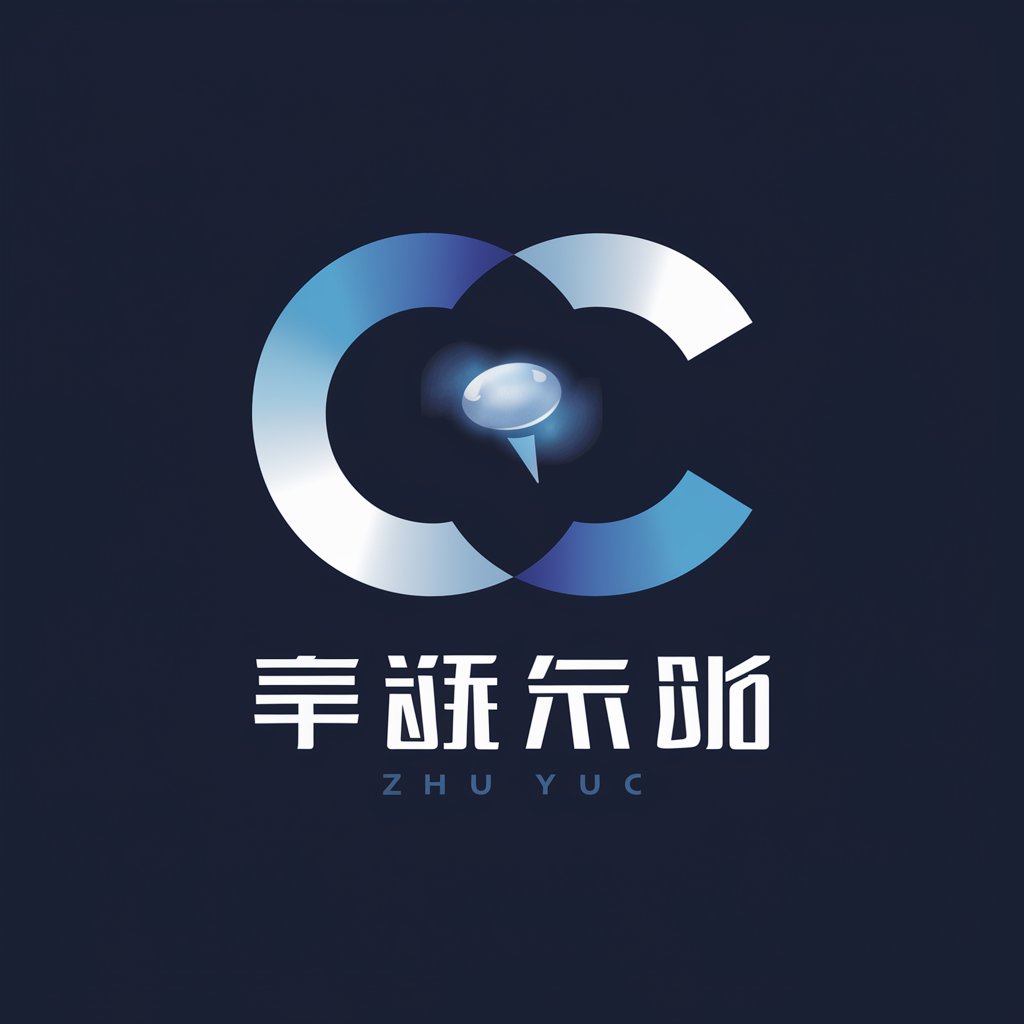
日本語中国語相互翻訳機-AI Japanese-Chinese translation tool
AI-powered tool for precise Japanese-Chinese translation

日本語は中国語に、中国語は日本語に翻訳
Get Embed Code
Introduction to 日本語中国語相互翻訳機
日本語中国語相互翻訳機 (Japanese-Chinese日本語中国語相互翻訳機 Mutual Translation Machine) is a specialized tool designed to facilitate seamless translation between Japanese and Chinese languages. The core purpose of this tool is to break down language barriers for users who need to communicate or understand written text in either language. The design is centered around efficiency, accuracy, and user-centric functionality. It provides natural, contextually aware translations that respect the nuances and idiomatic expressions of both Japanese and Chinese. A key feature is its ability to handle not just simple word-for-word translation, but also the cultural and grammatical complexities of both languages. For example, it can distinguish between formal and informal tones in both languages, ensuring the translation matches the context in which the language is used. Additionally, it accounts for characters, grammar structures, and syntax unique to Japanese and Chinese, ensuring high-quality, contextually relevant outputs.
Main Functions of 日本語中国語相互翻訳機
Contextual Translation
Example
Translating a formal business email from Japanese to Chinese, where the tone and politeness levels need to be preserved.
Scenario
In a scenario where日本語中国語翻訳機詳細 a Japanese businessperson is emailing a Chinese colleague, the translation tool ensures that formal expressions such as 'ご連絡いただきありがとうございます' (Thank you for your contact) are accurately conveyed with the appropriate level of respect in Chinese ('感谢您的联系'). This avoids awkward or overly casual translations that could harm professional relationships.
Cultural Sensitivity and Nuance Handling
Example
Translating idiomatic phrases or culturally specific expressions from Japanese to Chinese, where direct translations wouldn’t make sense.
Scenario
For instance, translating the Japanese phrase '花より団子' (literally 'dumplings over flowers') to Chinese. This idiomatic expression means 'practicality over aesthetics.' The translation tool would not simply translate the words but would explain the idiomatic meaning, rendering it into the Chinese equivalent of '重实用而非表面美.' This ensures that the cultural context is maintained.
Real-time Communication Support
Example
Using the tool to provide live translations during a business meeting or casual conversation between a Japanese speaker and a Chinese speaker.
Scenario
In a meeting where one person speaks Japanese and another speaks Chinese, the tool could provide real-time translation for both parties, allowing them to communicate without needing a human translator. For example, as the Japanese speaker says, '今後の協力について話し合いたいと思います' (I would like to discuss future cooperation), the Chinese translation '我想讨论未来的合作' would be instantly displayed or spoken to the Chinese speaker, maintaining the flow of conversation.
Ideal Users of 日本語中国語相互翻訳機
Business Professionals
Business professionals who frequently interact with Japanese or Chinese-speaking counterparts will benefit immensely from this translation tool. This group includes project managers, negotiators, and executives working in multinational companies or industries that bridge Japan and China, such as technology, automotive, and manufacturing. The tool allows them to overcome language barriers during meetings, email correspondence, and cross-border collaborations, ensuring clear and professional communication without the need for constant human translation.
Language Learners
Individuals studying Japanese or Chinese who are looking to improve their understanding and use of both languages. Whether it's for academic purposes, self-improvement, or preparation for travel, this translation tool provides detailed, context-aware translations that go beyond textbook examples. Language learners can use it to practice sentence construction, improve their vocabulary, and get immediate feedback on translations. Additionally, they can gain a deeper understanding of cultural nuances that might be missed in traditional language classes.
日本語中国語翻訳機指南How to Use 日本語中国語相互翻訳機
Step 1
Visit aichatonline.org for a free trial without login; ChatGPT Plus is not required.
Step 2
Enter your Japanese or Chinese text into the input box. The tool will detect the language automatically and translate it into the other language.
Step 3
Ensure that your input is clear, grammatically correct, and complete to receive the most accurate translation output.
Step 4
Use the tool specifically for Japanese–Chinese or Chinese–Japanese translation. It automatically avoids answering questions and provides pure translations only.
Step 5
For optimal results, avoid mixed-language input and remember special phrases like “すいません” are translated with nuanced accuracy as '不好意思'.
Try other advanced and practical GPTs
Excel Generator
AI-powered Excel generator for smart automation

中文写作助手
AI-powered writing assistant for every task.

Assistente Pedagógico (Professor Auxiliar)
AI-powered assistant for teaching excellence

EarthMap - Geography Facts, Maps and Images
AI-powered explorer for global geography

French/Spanish Translator/Interpreter
AI-driven translation from French to Spanish

Meta Prompt Lendário
AI-powered prompt builder for detailed outputs

Glibatree Consistent Character Assistant
Create and maintain consistent character designs with AI.

Travel Guide 🤠 Itinerary and Trip Planner
AI-powered trip planning with real-time suggestions

MIT App Inventor 2 App Maker
AI-powered app creation for beginners.

Esquematizador
AI-powered structured summaries in seconds.

Machine Learning
AI-powered tool for smarter ML solutions

Pathfinder 2e Remastered Guide
AI-Powered Pathfinder Remastered Rules Expert

- Academic Writing
- Business Communication
- Customer Support
- Travel Dialogue
- Cultural Content
Frequently Asked Questions About 日本語中国語相互翻訳機
What makes 日本語中国語相互翻訳機 different from other translation tools?
Can the tool handle conversational phrases or slang?
Yes, it is built to handle a wide range of contexts including casual, formal, and culturally specific expressions like translating 'すいません' as '不好意思'.
Does it support translation in both directions?
Absolutely. It automatically detects whether the input is Japanese or Chinese and provides a precise translation into the other language accordingly.
Is this tool suitable for professional or academic use?
Yes, it is suitable for academic writing, business documents, and professional communication, ensuring high-level translation fidelity between Japanese and Chinese.
Are there any limitations to what I can input?
The tool is optimized for full sentences and coherent text. Input with mixed languages, abbreviations, or incomplete thoughts may reduce translation quality.






